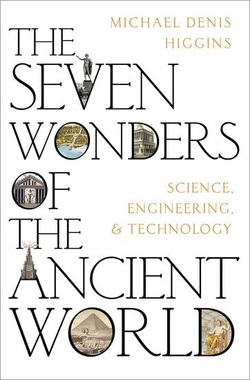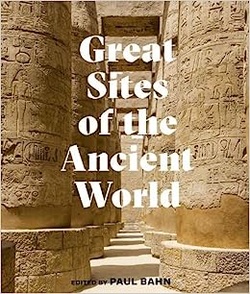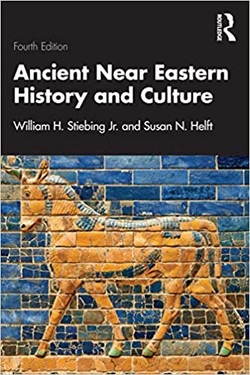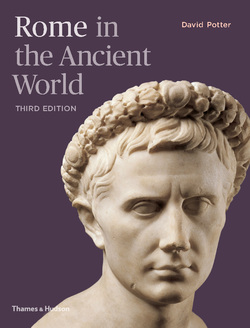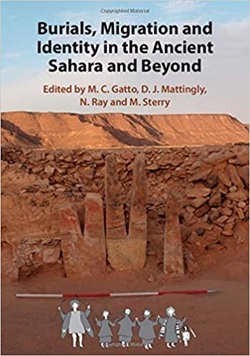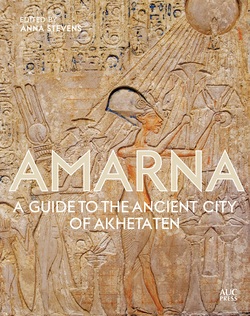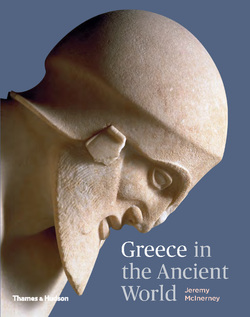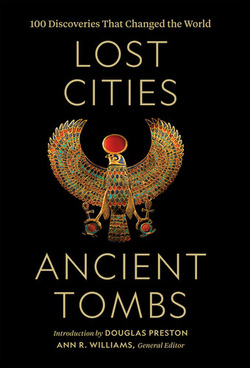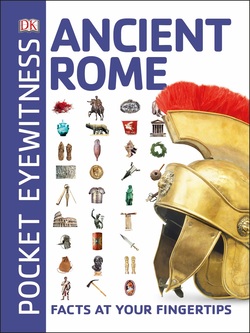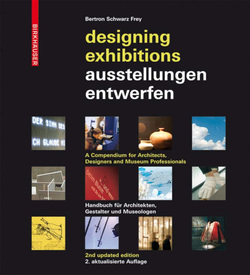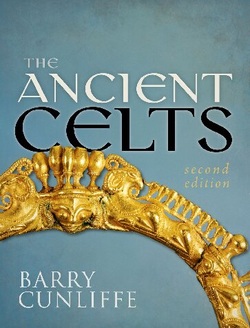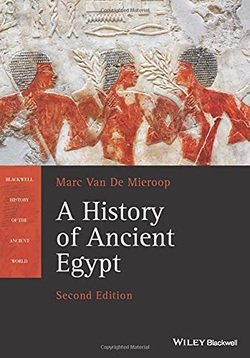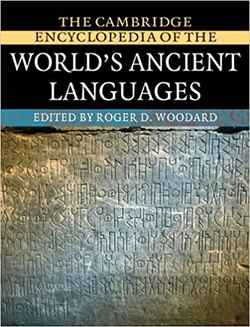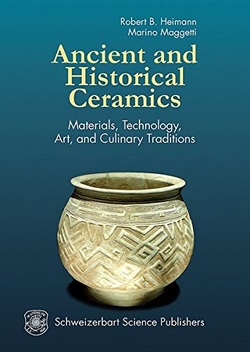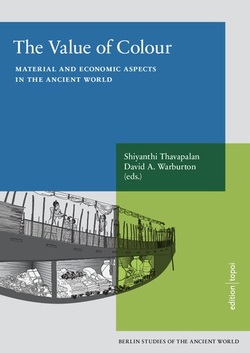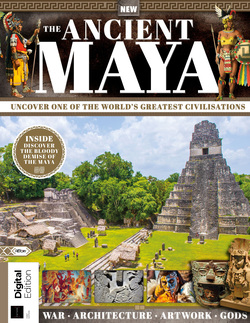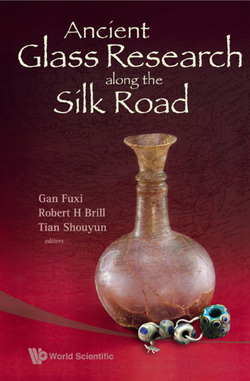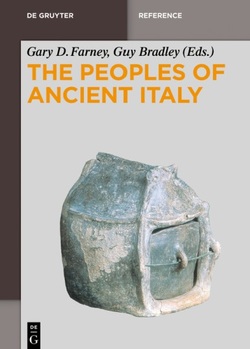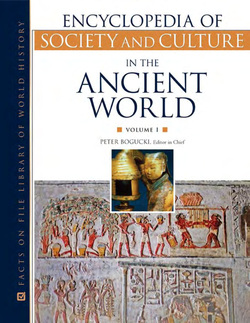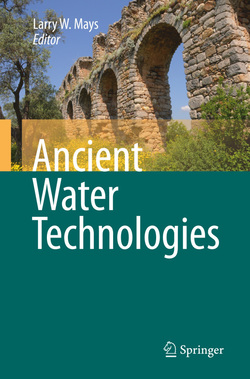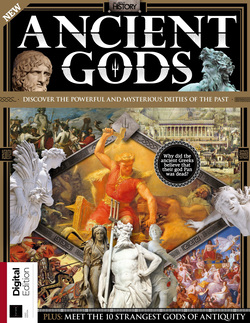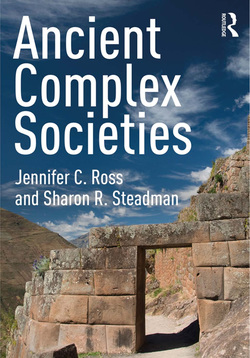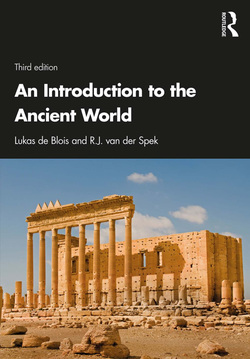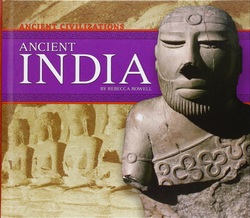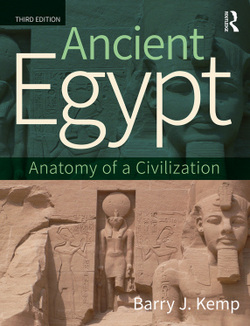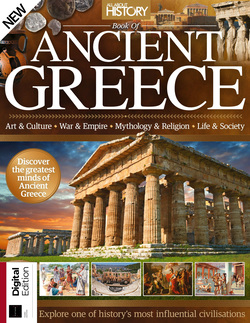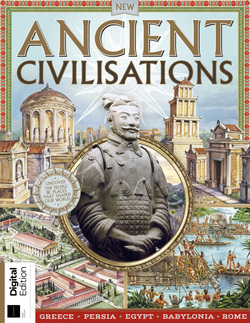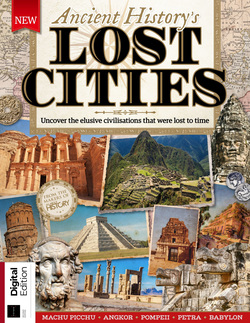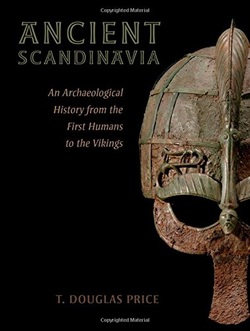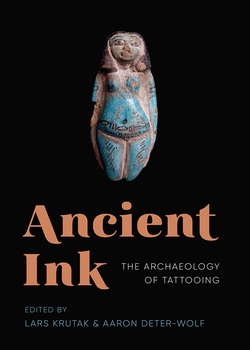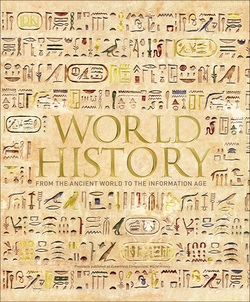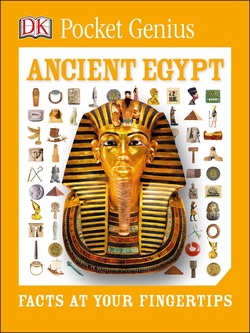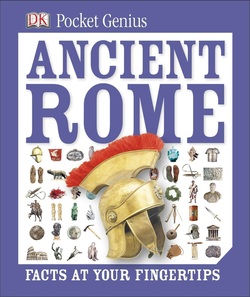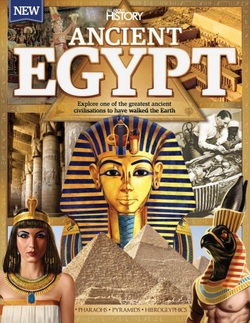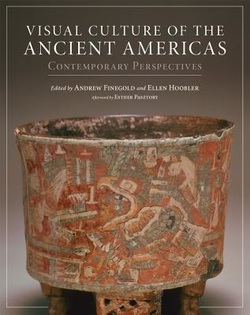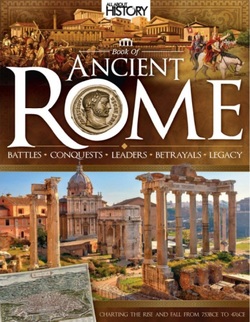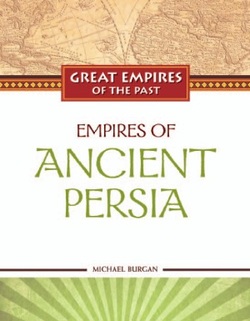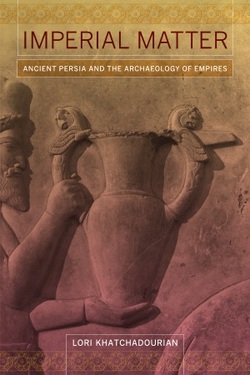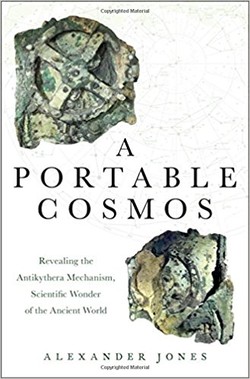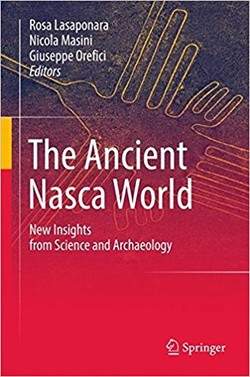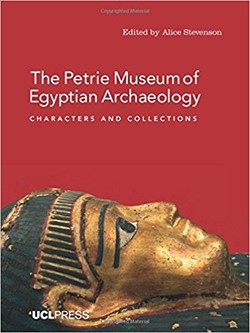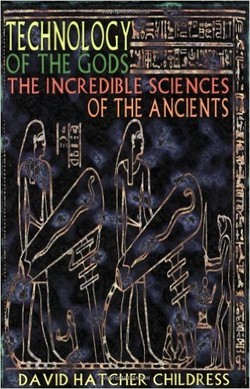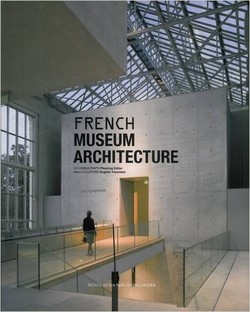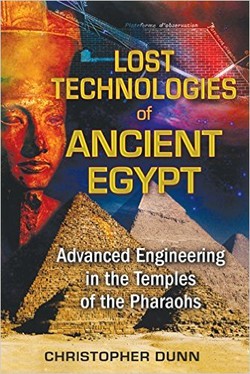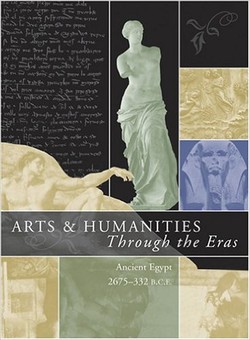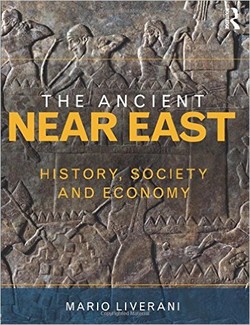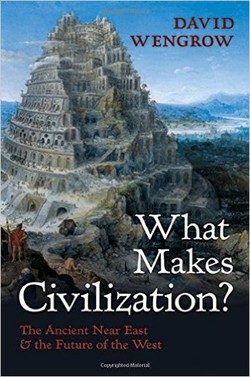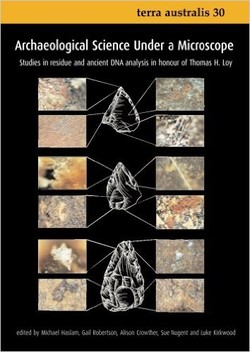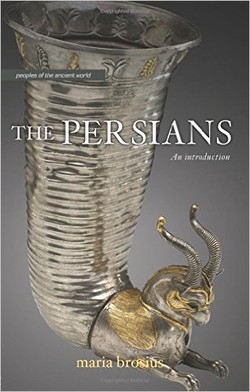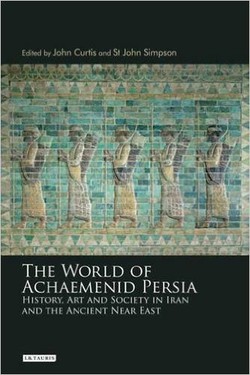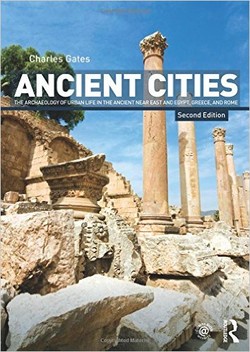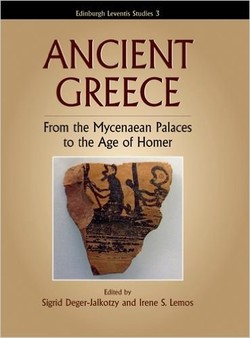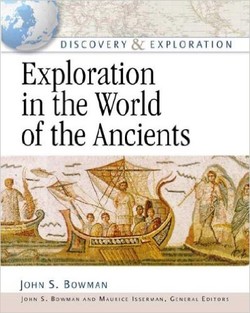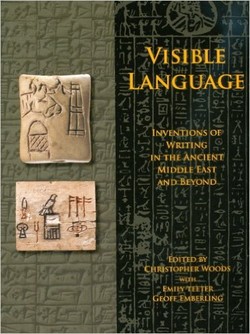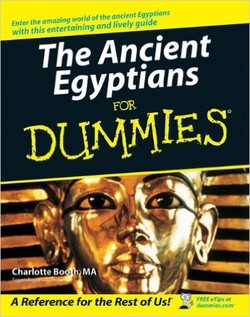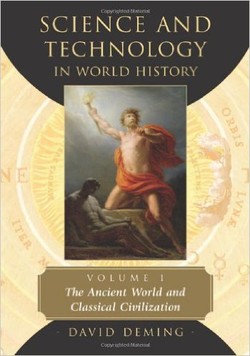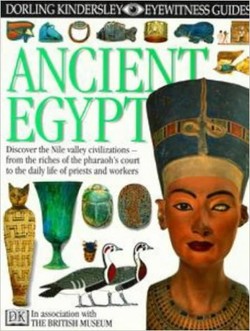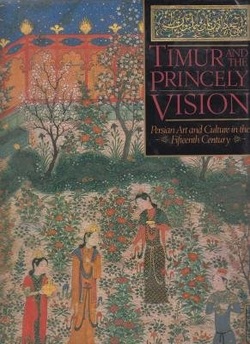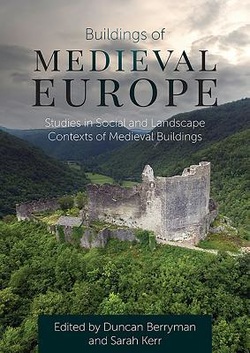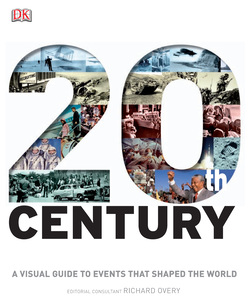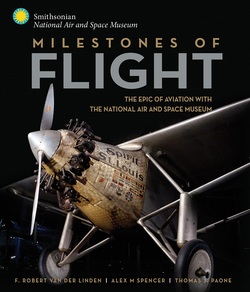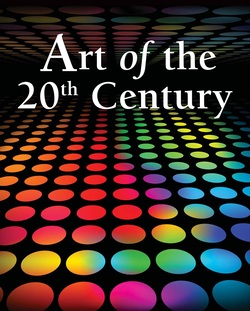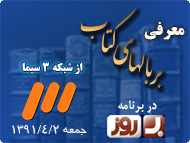جمع آوری اروپای باستان؛ موزه های ملی و جستجوی آثار باستانی اروپا در قرن نوزدهم و اوایل قرن بیستم
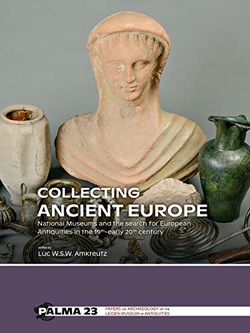
سال انتشار: 2021 | 167 صفحه | حجم فایل: 59 مگابایت | زبان: انگلیسی
Collecting Ancient Europe: National Museums and the search for European Antiquities in the 19th-early 20th century (PALMA)
نویسنده
Luc W.S.W. Amkreutz
ناشر
Sidestone Press
ISBN10:
9088909369
ISBN13:
9789088909368
قیمت: 16000 تومان
برچسبها: جهان باستان موزهIn order to understand our past, we need to understand ourselves as archaeologists and our discipline. This volume presents recent research into collecting practices of European Antiquities by national museums, institutes and individuals during the 19th and early 20th-century, and the ‘Ancient Europe’ collections that resulted and remain in many museums.
This was the period during which the archaeological discipline developed as a scientific field, and the study of the archaeological paradigmatic and practical discourse of the past two centuries is therefore of importance, as are the sequence of key discoveries that shaped our field.
Many national museums arose in the early 19th century and strived to acquire archaeological objects from a wide range of countries, dating from Prehistory to the Medieval period. This was done by buying, sometimes complete collections, exchanging or copying. The networks along which these objects traveled were made up out of the ranks of diplomats, aristocracy, politicians, clergymen, military officials and scholars. There were also intensive contacts between museums and universities and there were very active private dealers.
The reasons for collecting antiquities were manifold. Many, however, started out from the idea of composing impressive collections brought together for patriotic or nationalistic purposes and for general comparative use. Later on, motives changed, and in the Dutch National Museum of Antiquities became more scientifically oriented. Eventually these collections fossilized, ending up in the depots. The times had changed and the acquisition of archaeological objects from other European countries largely came to an end.
This group of papers researches these collections of ‘Ancient Europe’ from a variety of angles. As such it forms an ideal base for further researching archaeological museum collection history and the development of the archaeological discipline.
